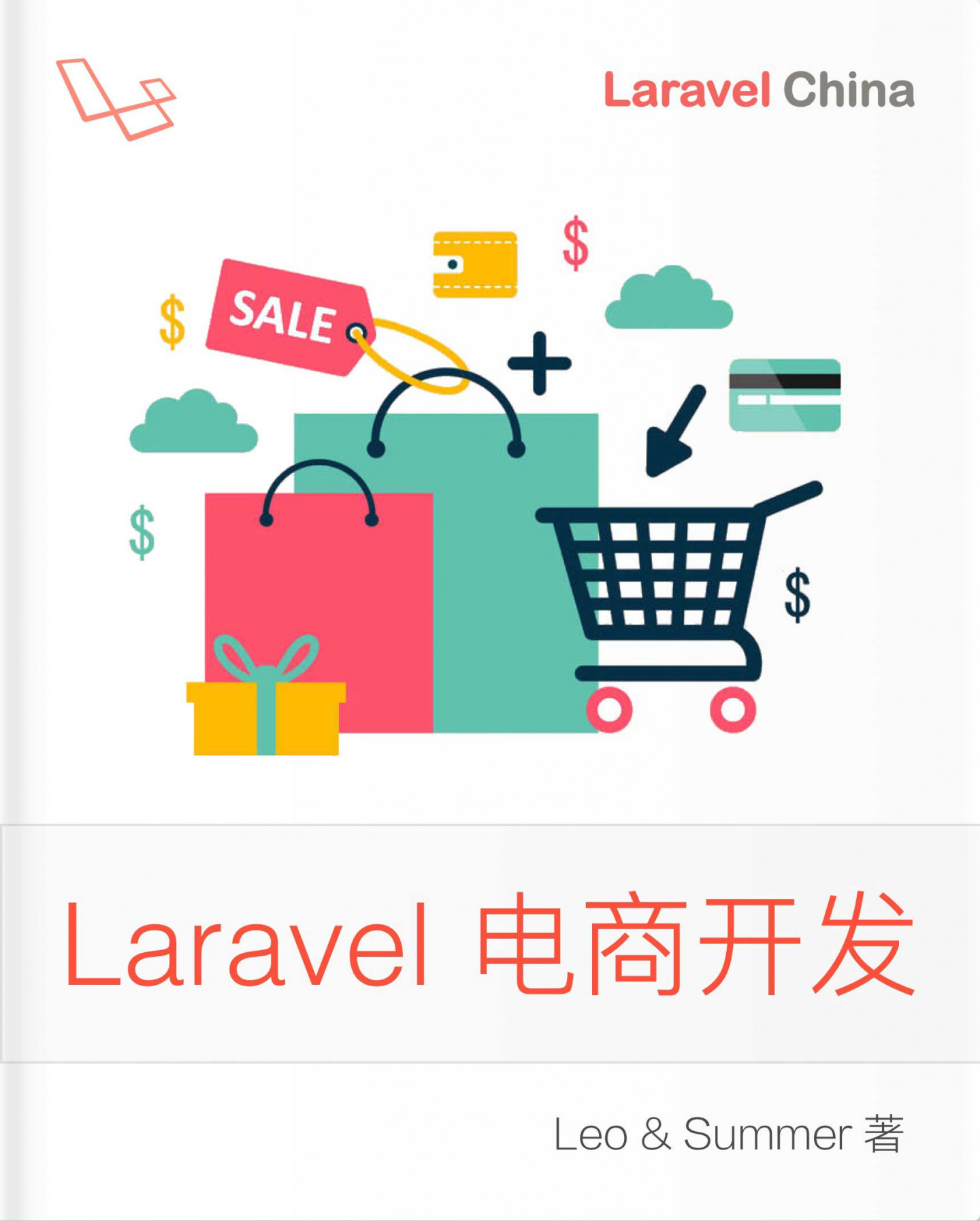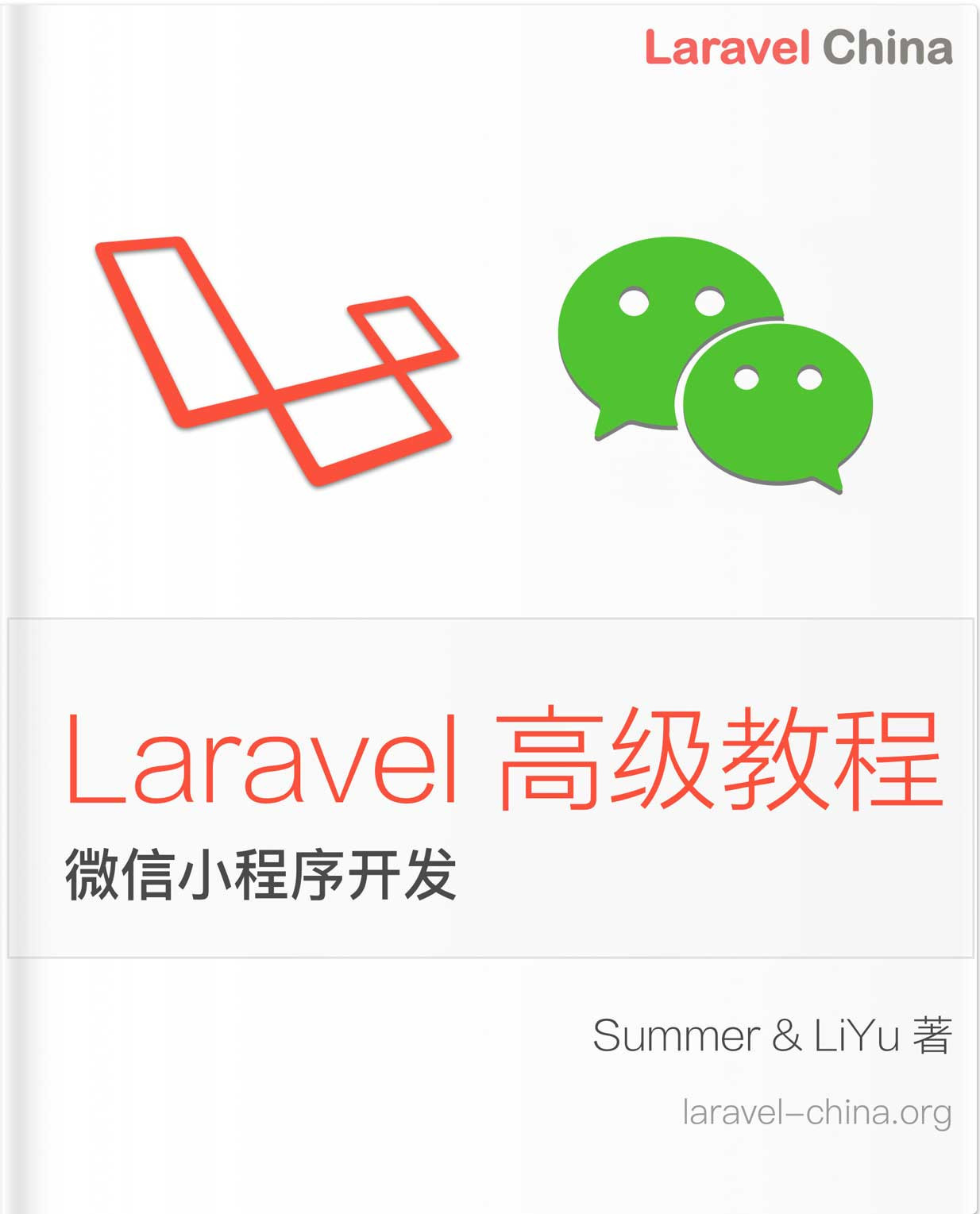序列化
Eloquent: 序列化
简介
使用 Laravel 构建 API 时,您经常需要将模型和关系转换为数组或 JSON。Eloquent 包含进行这些转换的便捷方法,以及控制哪些属性包含在模型的序列化表示中。
有关处理 Eloquent 模型和集合 JSON 序列化的更强大方法,请查看 Eloquent API 资源.
序列化模型 & 集合
序列化为数组
要将模型加载的关系转换为数组,应使用 toArray 方法。此方法是递归的,因此所有属性和所有关系(包括关系的关系)都将转换为数组:
use App\Models\User;
$user = User::with('roles')->first();
return $user->toArray();attributesToArray 方法可用于将模型的属性转换为数组,但不能将其关系转换为数组:
$user = User::first();
return $user->attributesToArray();还可以通过调用集合实例上的 toArray 方法将模型的整个 集合 转换为数组:
$users = User::all();
return $users->toArray();序列化为JSON
要将模型转换为 JSON,您应该使用 toJson 方法。与 toArray 一样,toJson 方法是递归的,因此所有属性和关系都将转换为 JSON。您还可以指定 PHP 支持的 的任何 JSON 编码选项:
use App\Models\User;
$user = User::find(1);
return $user->toJson();
return $user->toJson(JSON_PRETTY_PRINT);或者,您可以将模型或集合转换为字符串,这将自动调用模型或集合上的toJson方法:
return (string) User::find(1);由于模型和集合在转换为字符串时会转换为 JSON,因此您可以直接从应用程序的路由或控制器返回 Eloquent 对象。当从路由或控制器返回 Eloquent 模型和集合时,Laravel 会自动将它们序列化为 JSON:
Route::get('users', function () {
return User::all();
});关联关系
当 Eloquent 模型转换为 JSON 时,其加载的关系将自动作为属性包含在 JSON 对象中。此外,尽管 Eloquent 关系方法是使用驼峰式方法名称定义的,但关系的 JSON 属性将采用蛇形式。
隐藏 JSON 属性
有时您可能希望限制模型数组或 JSON 表示中包含的属性(例如密码)。为此,请向您的模型添加 $hidden 属性。$hidden 属性数组中列出的属性将不会包含在模型的序列化表示中:
<?php
namespace App\Models;
use Illuminate\Database\Eloquent\Model;
class User extends Model
{
/**
* The attributes that should be hidden for arrays.
*
* @var array
*/
protected $hidden = ['password'];
}要隐藏关系,请将关系的方法名称添加到 Eloquent 模型的
$hidden属性中。
此外,也可以使用属性 visible 定义一个模型数组和 JSON 可见的「白名单」。转化后的数组或 JSON 不会出现其他的属性:
<?php
namespace App\Models;
use Illuminate\Database\Eloquent\Model;
class User extends Model
{
/**
* The attributes that should be visible in arrays.
*
* @var array
*/
protected $visible = ['first_name', 'last_name'];
}临时修改可见属性
如果你想要在一个模型实例中显示隐藏的属性,可以使用 makeVisible 方法。makeVisible 方法返回模型实例:
return $user->makeVisible('attribute')->toArray();相应地,如果你想要在一个模型实例中隐藏可见的属性,可以使用 makeHidden 方法。
return $user->makeHidden('attribute')->toArray();如果你希望暂时覆盖所有可见或隐藏属性,你可以分别使用 setVisible 和 setHidden 方法:
return $user->setVisible(['id', 'name'])->toArray();
return $user->setHidden(['email', 'password', 'remember_token'])->toArray();追加 JSON 值
有时,在将模型转换为数组或 JSON 时,你可能希望添加数据库中没有对应列的属性。为此,首先为该值定义一个 访问器:
<?php
namespace App\Models;
use Illuminate\Database\Eloquent\Casts\Attribute;
use Illuminate\Database\Eloquent\Model;
class User extends Model
{
/**
* 确定用户是否为管理员
*/
protected function isAdmin(): Attribute
{
return new Attribute(
get: fn () => 'yes',
);
}
}如果你希望访问器始终附加到模型的数组和 JSON 表示,则可以将属性名称添加到模型的「appends」属性中。请注意,属性名称通常使用其「蛇形命名法」序列化表示来引用,即使访问器的 PHP 方法是使用「驼峰命名法」定义的:
<?php
namespace App\Models;
use Illuminate\Database\Eloquent\Model;
class User extends Model
{
/**
* 要附加到模型的数组形式的访问器。
*
* @var array
*/
protected $appends = ['is_admin'];
}使用 appends 方法追加属性后,它将包含在模型的数组和 JSON 中。appends 数组中的属性也将遵循模型上配置的 visible 和 hidden 设置
运行时追加
在运行时,你可以指示模型实例使用 append 方法附加其他属性。或者,您可以使用 setAppends 方法来覆盖给定模型实例的整个附加属性数组:
return $user->append('is_admin')->toArray();
return $user->setAppends(['is_admin'])->toArray();日期序列化
自定义默认日期格式
可以通过重写 serializeDate 方法来自定义默认序列化格式。此方法不会影响日期在数据库中的存储格式:
/**
* 准备一个用于数组 / JSON 序列化
*/
protected function serializeDate(DateTimeInterface $date): string
{
return $date->format('Y-m-d');
}自定义默认日期格式
可以通过在模型的 转换声明 中指定日期格式来自定义单个 Eloquent 日期属性的序列化格式:
protected function casts(): array
{
return [
'birthday' => 'date:Y-m-d',
'joined_at' => 'datetime:Y-m-d H:00',
];
}本译文仅用于学习和交流目的,转载请务必注明文章译者、出处、和本文链接
我们的翻译工作遵照 CC 协议,如果我们的工作有侵犯到您的权益,请及时联系我们。

 Laravel 11 中文文档
Laravel 11 中文文档



 关于 LearnKu
关于 LearnKu




推荐文章: